One of the earliest ruling dynasties of China is the Shang Dynasty, and what you should know about this dynasty is that although there were many other dynasties that predated it, the Shang Dynasty rules for quite a long time, specifically, from 1600 to 1046BC. This dynasty is heralded the Bronze Age through China. The Shang Dynasty is known for the numerous advances they made in astronomy, math, military technology, and also in the artwork.
Keep reading to learn more about the Shang dynasty.
Shang Dynasty Timeline of Important Events
Some of the earliest records of the rich Chinese dynasty dates back to the Shang Dynasty, a Chinese Dynasty, which, according to legend, was created when the tribal chief called Tang has defeated a dynasty called the Tia Dynasty that was previously under the control of the tyrant called Jie. This victory over the Tia Dynasty was known as the Battle of the Mingtiao, and the battle was fought during a thunderstorm. During this battle, Jie survived, but he later died after falling ill.
The most important events recorded during the time of the Shang dynasty are as follows:
- Bronze Age
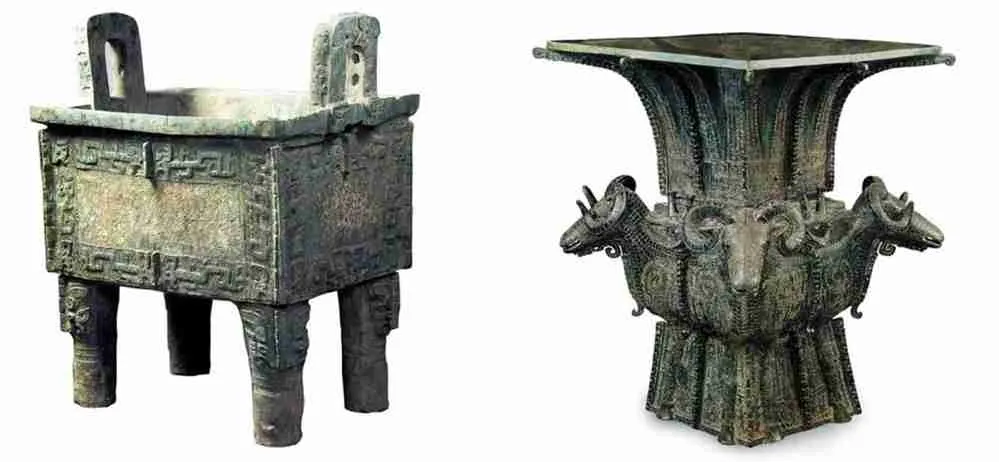
While there are numerous things that the Shang Dynasty is known for, scholars argue that while the Shang dynasty existed between the mid-18th and mid-16th century BCE, the Shang Dynasty is well known for premiering the Bronze Age, with bronze working becoming common during the reign of the Shang dynasty. It was during the Shang dynasty that made bronze and bronze-working common, resulting in the creation of the biggest collection of artifacts, all from the ruins of Yin, which was the last leading capital of the Shang Dynasty. These bronze relics were unearthed around the late 1920s and the 30s. Some of the bronze relics include bronze vessels that were used for drinking in different ritual ceremonies, as well as the bronze axes and chariots that were used in battle.
Bronze was an important metal from the Shang Dynasty, and it’s always been associated with royalty. To this end, the tombs of the kings and royalties were made of bronze, and they also contained hundreds of small bronze objects, including hairpins. In one of the few undisturbed tombs of the legendary Fuhao and Wu-ting’s wife. This tomb had 468 pieces of bronze pieces along with 775 items made of jade. Worth noting is the fact that some of these bronze pieces have the first known Chinese characters to ever be written on them, in a very simplistic form that represented the name of the owner of the said objects.
- The Bones
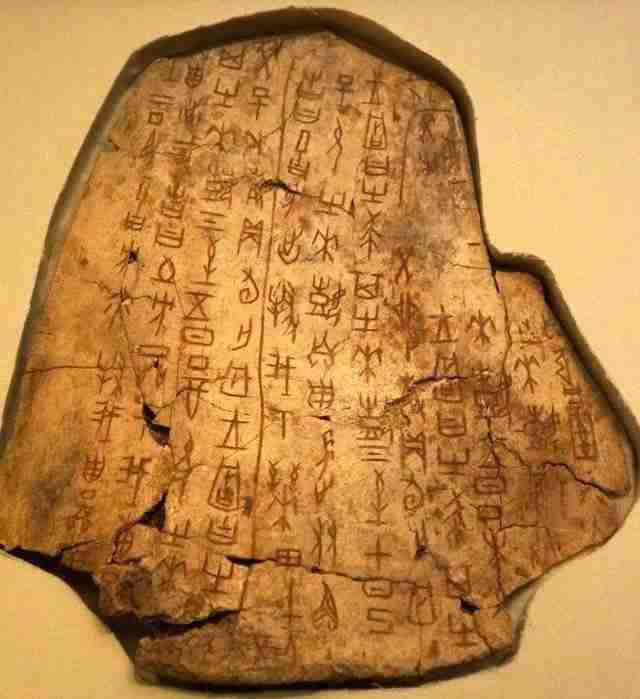
Besides bronze and the pieces with the early Chinese writings, the other thing that really stands out from the Shang Dynasty is the writing that stood out from the oracle bones. These are artifacts characteristics of the Shang Dynasty. It is believed that the ancient priests would use cattle bones and tortoise shells when answering questions about the future. These priests would interpret the cracks formed from the holes punched on the bones. The oracles would also use the bones to write down the dynasty’s story, as well as the timelines of the kings and emperors.
Today, there are more than 150,000 oracle bones recovered from the Shang Dynasty. And though most of the artifacts with early Chinese writings have been lost over time, they point to the rich history of the time.
In addition to the bones, writings were done on bamboo strips and even silk. Of course, these writings on these delicate materials couldn’t survive for centuries after burial in the middle of the earth. Most of the ones that survived were also burned by the first emperor during the Ch’in dynasty about the 100BCE.
- The Shang Society
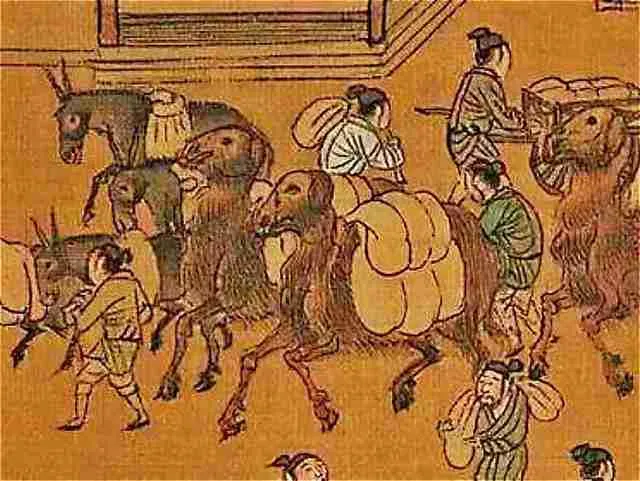
This is the other notable thing about the Shang Dynasty is the Shang Society. Archaeologists, along with historians, note that the Shang culture is one of the most prolific of the ancient Chinese dynasties. This comes from the fact that the Shang were highly skilled workers who specialized in making artifacts out of jade, bone, stone, ceramics, shells, wood, and bronze, among other things. These pieces were discovered in shops from many of the outskirts of the excavated palaces from the Shang Dynasty times.
History shows that the people of the Dynasty lived off the Chinese land, and over time, they’d settle on farms, and they were not wandering off as nomads did.
One of the notable works of the Shang Society was their innovation and the fact that they’d guard their lands against flooding from the Yellow Rivers and the Yangtze Rivers. They developed some of the most complex forms of flood control and irrigation methods that led to the successful farming of wheat, millet, rice, and barley, among other crops that became important sources of food. Hunting wasn’t uncommon, though. They did domesticate animals, too, including sheep, oxen, pigs, dogs, and silkworms.
And just like any other ancient culture, the Shang came up with the social pyramid that had a king on top of the tier, then the military nobility, merchants, priests, and farmers. It was during the rule of the Shang dynasty that the social classes featured the use of burials as a way to distinguish the different people. With the burials, the elite would be buried in the elaborate pit tombs with many objects of wealth believed to be used in the afterlife. Interestingly, even elephants would be involved, and they were found in some of the ruins in the ancient tombs. Notably, some of the people who built the tombs would be buried alive with the dead royalty in these tombs.
On the other hand, the individuals that were considered to belong in the lesser social classes would be buried in pits of different sizes. Individuals from the lowest classes would sometimes be tossed into wells.
- Religion
The Shang Dynasty was also born or began to take roots during the reign of the Qing dynasty. As people began to believe, religion was born. While the majority of the philosophies that shape Chinese societies today like Confucianism, Taoism, and Buddhism weren’t there yet, folk religion appears to have been the leading religious belief from the Shang Dynasty. The religious setting then was polytheistic, and they worshipped different gods.
Note that the Chinese folk religion is ancestral worship that was very important to the Shang people. This was an important belief to them because it was believed/thought that the success of their crops, their health, and overall well-being were primarily based on the happiness of their dead ancestors. So, if the ancestors were appeased, the family life would be prosperous, and if these spirits were displeased, they’d face great tragedies.
They also worshipped a god called Shang Ti or the Lord on High. The Shang people believed that their god, Shang Ti was the link between the heavenly beings and the people and that the souls of the ancestors received instructions on what to do for their loved ones from Shang Ti. As a result, it was very important for the Shang people to appease Shang Ti, whether through offerings, prayers, rituals, and in other cases, human sacrifices.
To break it all down:
- 1600BC – The start of the Shang Dynasty
- C1650BC – Formation of the city-states
- C1500BC – Large scale production of bronze
- C1400BC – Dynasty’s capital is formed near Anyang at the city of Yin
- C1200BC – Lady Fu Hao dies, and the first spoke-wheeled chariots are invented
- 1046BC – The Shang Dynasty comes to an end
Where Did The Shang Dynasty Develop?
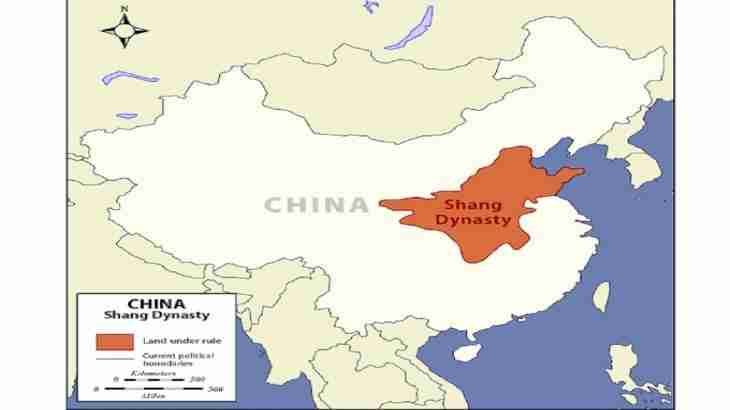
Though there are no specifics from the old days, it is believed that the Shang Dynasty was made of three large settlements, including the Anyang and the Zhengzhou. These settlements were not heavily populated as Mesopotamia.
Notably, the Anyang settlement became the capital of the Shang Dynasty around 1300BC under King Pan Geng, known as Yin at the time. Zhengzhou, on the other hand, was renowned for its large walls that ran for as long as 4 miles and were 65ft thick and 32ft high.
When Did The Shang Dynasty Start And End
The Shang Dynasty started in 1600AD and came to an end in 1046BC.
Why Did Shang Dynasty End?
The Shang dynasty ended around the year 1046BC, with King Di Xin as the last king of the Shang lineage/ dynasty.
Why Did The Shang Dynasty Invent Writing?
While the oracle bone inscriptions represent the oldest form of Chinese writing, different scholars show that the Shang dynasty came up with the principles of modern writing that are used today. Over the years, the Chinese writings have undergone some changes from what was there 3500 years ago. From the days of the silk and bamboo strip writings to date, the writings, though always very short, represent the historical records from the past, and they marked the beginning of the rich Chinese history as we know it.
Shang Dynasty Emperors List
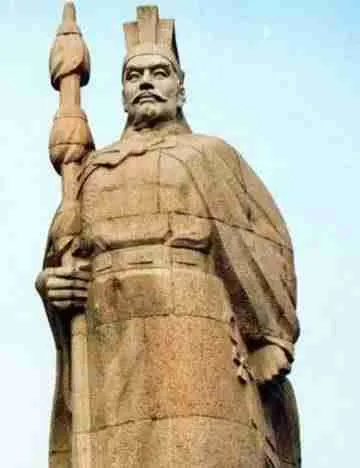
- 1675-1646BCE – Emperor Cheng Tang
- 1646-1644BCE – Emperor Wai Bing
- 1644-1646BCE – Emperor Zhong Ren
- 1535-1523BCE – Emperor Tai Jia
- 1523-1504BCE – Emperor Wo Ding
- 1504-1479BCE – Emperor Tai Ding
- 1479-1462BCE – Emperor Xiao Jia
- Emperor Yong Ji – 1462 to 1450 BCE
- Emperor Tai Wu – 1450 to 1375 BCE
- Emperor Zhong Ding – 1375 to 1364 BCE
- Emperor Wai Ren – 1364 to 1349 BCE
- Emperor He Dan Jia – 1349 to 1340 BCE
- Emperor Zu Yi – 1340 to 1321 BCE
- Emperor Zu Xin – 1321 to 1305 BCE
- Emperor Wo Jia – 1305 to 1280 BCE
- Emperor Zu Ding – 1368 to 1336 BCE
- Emperor Nan Geng – 1336 to 1307 BCE
- Emperor Yang Jia – 1307 to 1290 BCE
- Emperor Pan Geng – 1290 to 1262 BCE
- Emperor Xiao Xin – 1262 to 1259 BCE
- Emperor Xiao Yi – 1259 to 1250 BCE
- Emperor Wu Ding – 1250 to 1192 BCE
- Emperor Zu Geng – 1192 to 1165 BCE
- Emperor Zu Jia – 1165 to 1138 BCE
- Emperor Lin Xin – 1138 to 1134 BCE
- Emperor Kang Ding, dates of reign unclear
- Emperor Wu Yi – 1147 to 1112 BCE
- Emperor Wen Ding – 1112 to 1102 BCE
- Emperor Di Yi – 1101 to 1076 BCE
- Emperor Di Xin – 1075 to 1046 BCE